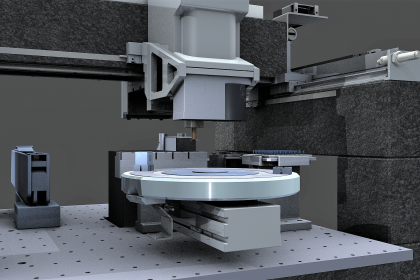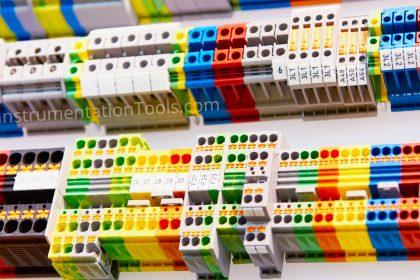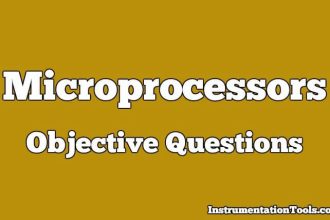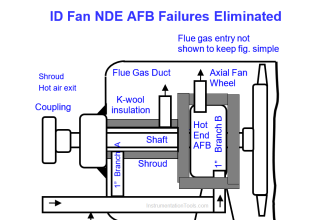A very common issue occurring in electrical and electronic circuits is electromagnetic interference. It is also called EMI in electrical terms. This problem hampers the performance of a circuit in a very big way, if not restricted in time. To tackle them, another term related to electrical circuits is EMC.
EMC stands for electromagnetic compatibility. It is the ability of electrical equipment and devices to restrict the EMI in their systems. Based on EMC, various types of signals are classified according to their performance. In this post, we will learn the types of signals based on EMC performance.
What Causes Electromagnetic Interference?
Everyone knows that the electrical field and magnetic field are related to each other. When electricity flows through a circuit, it produces a magnetic field around it. This theory is the base of electricity. Inversely, a moving magnetic field also produces an electric current. Electricity is nothing but the flow of electrons and atoms in it.
Atoms can be positively or negatively charged. Opposite poles attract each other and the same poles repel each other. This rapid movement of electrons produces a magnet like operation every time, thus generating a magnetic field.
Now, inversing the theory as discussed, a moving magnetic field indirectly pushes or pulls electrons in it. This flow of electrons generates an electric field near it. So, this base of electricity is the foundation of other theories.
Now, coming back to our concept, let us first understand how EMI is generated. Basically, electromagnetic interference can be man-made or natural. In natural causes, sources like lightning, solar storms, and solar flares produce high electrostatic discharges. When this discharge interacts with the electromagnetic field, it produces spikes and surges in such a way that signal distortion occurs.
This means, a normal electromagnetic field has some standard electrical and magnetic field calculations, which is suddenly disturbed by these interferences. It produces very high rates of changes in signals, thus distorting it.
Similarly, man-made interferences can be caused by high radio frequencies, improperly designed devices, high-power motors, transformers, or other types of conductors. The signals of high frequency are always emitted from them, which interferes with other electromagnetic fields, causing EMI.
EMC Performance
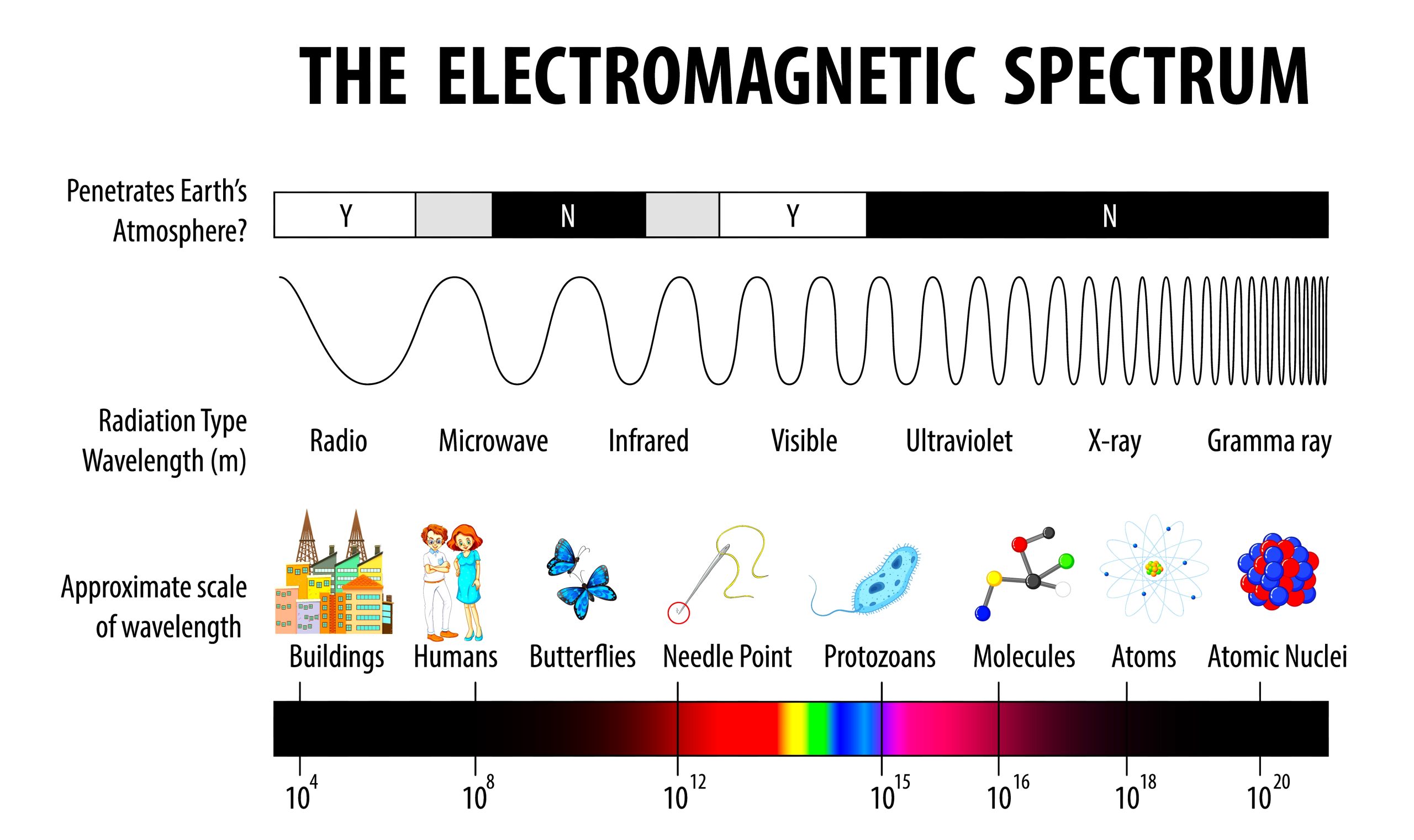
To reduce electromagnetic interference, the EMC term comes into the picture. As discussed earlier, EMC is the ability of devices to tackle electromagnetic interference and reduce its effect. This compatibility is the main factor for reducing interference.
So, the electrical circuits designed for EMC are classified in various categories. These circuits handle the electromagnetic noise according to their EMC factors. Based on this EMC performance, the signals are classified into four types:
Class-1 (Sensitive)
This is the lowest category of circuits, which has the highest effect of electromagnetic interference in it. They carry low-level signals like analog output, instrument transformers, measuring circuits, probes, and radio receivers. These signals are immediately affected by EMI and have very less EMC factors.
Class-2 (Slightly sensitive)
These cables are slightly sensitive to electromagnetic interference. They are low-level digital circuits, instrument transformers with digital outputs, control circuits for resistive load, and low-level DC power supplies. These signals can disturb class-1 signals too.
Class-3 (Slightly interfering)
These cables have fewer effects on EMI on them, but a negative point is that they start to disturb other lower-class signals. So, instead of being sensitive, they slowly categorize themselves into slightly interfering. They disturb class 1 and 2 signals.
They are control circuits for inductive loads (relay, contactor, coil), AC power supplies, and main power supplies for high-power devices. It is from these types of signals that they start to carry noise, though they themselves are less susceptible to EMI.
Class-4 (Interfering)
These cables are the least affected by EMI (highest levels of EMC), but the highest source of EMI disturbance for other cables. They disturb the other three classes’ cables. The types are welding machines, high-power circuits, electronic speed controllers, and SMPS. They are thus, also named as interfering signals.
In this way, we saw the various types of signals based on EMC performance.


